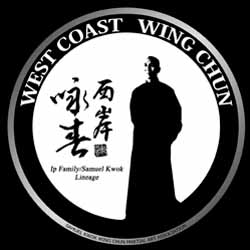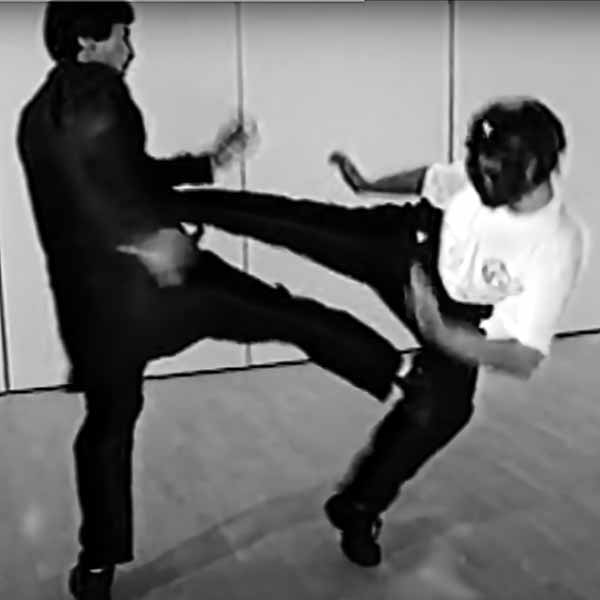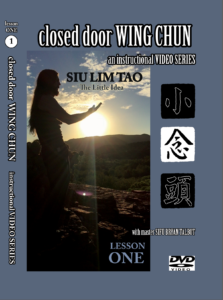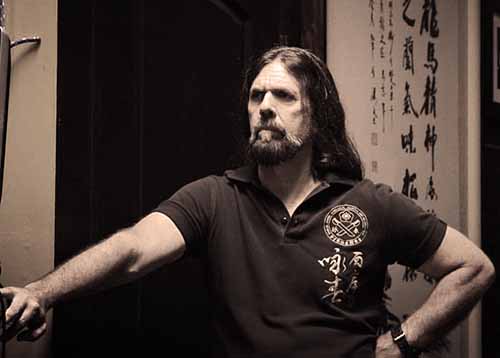What Makes Wing Chun Unique?
The world of martial arts is abundant with various disciplines, each possessing distinct techniques, philosophies, and benefits. Among this array, Wing Chun is unique because of its emphasis on simplicity, efficiency, and practicality. This article aims to explore the distinctive features of Wing Chun, examine its key principles, and compare it with other martial arts. This analysis will help illustrate why Wing Chun has attracted such a dedicated following and cultivated a reputation for effective self-defense.
Tracing the Roots of Wing Chun
A deeper understanding of Wing Chun’s uniqueness begins by examining its origins. Developed during the Qing Dynasty, Wing Chun is attributed to a woman named Yim Wing Chun. Her vision for this traditional Chinese martial art transcended brute force and strength, placing greater significance on technique, structure, and efficiency in self-defense
The Foundational Principles of Wing Chun
1. Embracing the Economy of Motion
A key feature of Wing Chun is its commitment to the economy of motion. Asserting that the shortest distance between two points is a straight line, each embodiment of movement is direct, precise and efficient. This eliminates unnecessary actions and conserves energy differentiating itself from other martial arts forms that incorporate more complex and flamboyant techniques.
2. The Importance of the Centerline
Wing Chun emphasizes the control of the centerline – a strategic line of attack that connects betweeen the practitioners core to the adversaries core. Dominating this line allows a Wing Chun practitioner to maintain a strategic position in combat, protecting themselves while exposing their opponent’s vulnerabilities.
3. Simultaneous Defense and Attack
Unlike some combat disciplines that prioritize either defense or offense, Wing Chun uniquely integrates both. This innovative approach ensures the Wing Chun practitioner maintains a proactive stance in a fight. Rather than simply reacting to an opponent’s moves, a practitioner of wing chun seeks to control the flow of the fight.
Comparing Wing Chun to Other Martial Arts
To fully appreciate the unique aspects of Wing Chun, it is helpful to contrast it with some other well-known martial arts.
Wing Chun vs. Karate
Karate is known for its potent strikes and linear movements that aid in building power and strength. On the other hand, Wing Chun uniquely combines both hard and soft techniques for a dynamic combat approach.
Hard techniques, often used in Karate, focus on direct, brute-force strikes. Wing Chun incorporates these too but in a straightforward and efficient way that emphasizes precision over power.
Soft techniques allow practitioners to deflect or divert an opponent’s force, which is useful against stronger adversaries.
Wing Chun vs. Brazilian Jiu-Jitsu (BJJ)
BJJ specializes in ground combat, emphasizing submission and grappling tactics. Though this undoubtedly makes BJJ the sovereign of mats, in urban scenarios where ground engagement is not ideal, Wing Chun, designed for stand up scenarios, offers a practical defense strategy.
Wing Chun vs. Taekwondo
Taekwondo, a martial art known for its high, acrobatic kicks, often captivates audiences with its dynamic movements. These high kicks, while impressive, primarily seek to engage opponents from a longer range.
In contrast, Wing Chun views high kicks as risky and impractical. Instead, practitioners prioritize maintaining balance and unleashing power from a stable position. They prefer using low kicks, primarily targeting the lower body of their opponent. These techniques provide an advantage in stability and increased power.
Conclusion – What makes Wing Chun unique?
The uniqueness of Wing Chun lies in its emphasis on efficiency, centerline control, and the simultaneous integration of defense and attack. While every martial art has its strengths, Wing Chun’s practical application in real-world self-defense scenarios is undeniable. Whether you are a beginner venturing into martial arts or an experienced practitioner seeking to expand your skills, Wing Chun offers valuable insights and techniques that warrant exploration. Ultimately, the choice of martial art depends on personal goals and preferences, but understanding Wing Chun’s unique advantages can inform your decision-making process in your martial arts journey.




